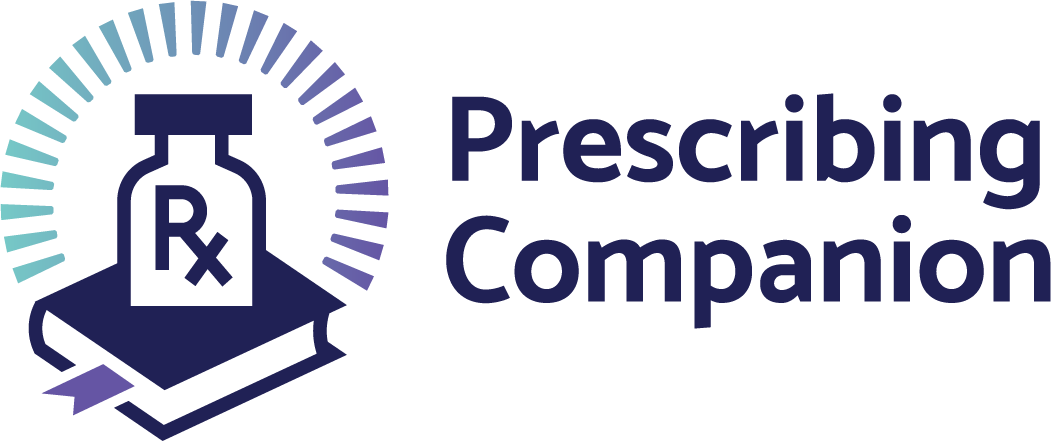Osteomyelitis
exp date isn't null, but text field is
ACUTE OSTEOMYELITIS
Hematogenous spread of bacteria from a primary source. The commonest causative agent is staphylococcus aureus. Other organisms, which may be responsible, include streptococcus, pneumococcus, Haemophilus and sometimes salmonella in sickle cell disease. Commonly involved bones are proximal tibia, distal femur and distal humerus.
Clinical Features
SIGNS AND SYMPTOMS
- Pain is the major presenting symptom with progressive severity with time.
- Commonly accompanying fever, and the patient becomes toxic.
- Main physical signs are swelling, localized tenderness and pseudoparalysis.
- A high index of suspicion and proper history is important.
INVESTIGATIONS
- FBC: A leucocytosis will be demonstrated.
- X−ray of affected limb may not show any changes in the early stages − periosteal elevation is a late feature (2−3 weeks).
- Blood cultures and sensitivity, ESR, CRP
Treatment
Adults and Children:
- Refer to the hospital
- Admit to hospital for rest
- Splint the affected limb as required
- Give analgesics - refer to acute pain management
If pain is severe:
- Give Pethidine 1mg/kg IM (Refer to acute pain management)
- Repeat every 6 hours for a maximum 4 doses
- Drain pus surgically from the bone and send for culture and sensitivity testing
- Do not await culture results before starting antibiotic treatment
Children Over 2 years:
- Give Flucloxacillin 50 mg/kg up to a maximum of 500 mg 6 hourly, initially IV, then orally from 48 hours after fever has settled
Alternatively:
- Give Cloxacillin 50-100mg/kg 6 hourly X 6weeks, initially IV, then orally from 48 hours after fever has settled
- Clindamycin 15-40mgs/kg (4 divided doses)
Children Under 2 years:
- Give Ceftriaxone 50mg/kg once a day, or (Especially if staphylococcal infection is very likely)
- Give Flucloxacillin 50 mg/kg every 6hrs, initially IV, then orally from 48 hours after fever has settled
Note: Antibiotic treatment should be continued for 4 weeks under hospital supervision.
CHRONIC OSTEOMYELITIS
These are usually from inadequately treated acute episodes, which include acute osteomyelitis and acute-on-chronic osteomyelitis. Some may arise from the onset as a chronic infection due to mycobacteria or fungi. The patient is usually not ill-looking unless there is an acute exacerbation.
Causes
- Acute bacterial infections of bone and joints
- Mycobacterium tuberculosis and fungal infections
- Infected orthopedic implants
- Iatrogenic
Clinical Features
SIGNS AND SYMPTOMS
- Infection may remain quiescent, with acute or sub−acute exacerbations which manifest as discharging sinuses.
- X−ray features: periosteal reaction, new bone formation (involucrum), dead bone (sequestrum), bone abscesses, rarefaction of bone.
INVESTIGATIONS
- As per acute osteomyelitis
Treatment
- Surgical treatment by sequestrectomy when an adequate involucrum has formed.
- Antibiotic treatment for febrile flare-ups of infection as for acute osteomyelitis.
PHARMACOLOGICAL TREATMENT
Adults
- Flucloxacillin 500 mg 6 hourly IV for 2-4 weeks
Children
- Flucloxacillin
- 5-12 years; 250 mg 6 hourly for 2-4 weeks
- 1-5 years; 125 mg 6 hourly for 2-4 weeks
- < 1 year; 62.5 mg 6 hourly for 2-4 weeks
And
Adults
- Ciprofloxacin 400 mg IV 8-12 hourly for 14 days (to be infused over 60 minutes)
Children
- Ciprofloxacin 10 mg/kg 12 hourly for 14 days (to be infused over 60 minutes)
In patients with penicillin sensitivity
Adults
- Clindamycin 300 mg 6 hourly for 7 days IV
Children
- Clindamycin 3-6 mg/kg 6 hourly for 7 days
Or
Adults
- Ciprofloxacin 400 mg 8-12 IV hourly for 14 days (to be infused over 60 minutes)
Children
- Ciprofloxacin 10 mg/kg 12 hourly for 14 days (to be infused over 60 minutes)
Or
Adults
- Augmentin 1.2 g 12 hourly IV (Increased to 1.2 g 8 hourly for 7 days in severe infections)
Children
- Augmentin
- 12-18 years; 600 mg to 1.2 g 12 hourly (Increased to 1.2 g 8 hourly for 7 days in severe infections )
- 3 months-12 years; 30 mg/kg 12 hourly (Increased to 30 mg/kg 8 hourly for 7 days in severe infections)
- 7 days-3 months; 30 mg/kg 8 hourly for 7 days
- Preterm and < 7 days; 30 mg/kg 12 hourly for 7 days
And
Adults
- Ciprofloxacin 400 mg 8-12 IV hourly for 14 days (to be infused over 60 minutes)
Children
- Ciprofloxacin 10 mg/kg 12 hourly for 14 days (to be infused over 60 minutes)
- Antibiotic cover for surgery as appropriate after culture and sensitivity testing
- Antibiotic impregnated cement spacer indicated for local control of infection
- Give Ibuprofen 400mg 8 hourly after food
Alternatively:
- Give Aspirin 10mg/kg every 8hrs, preferably after food, up to an adult maximum of 600 mg per dose
- For children, give Paracetamol instead of Aspirin
